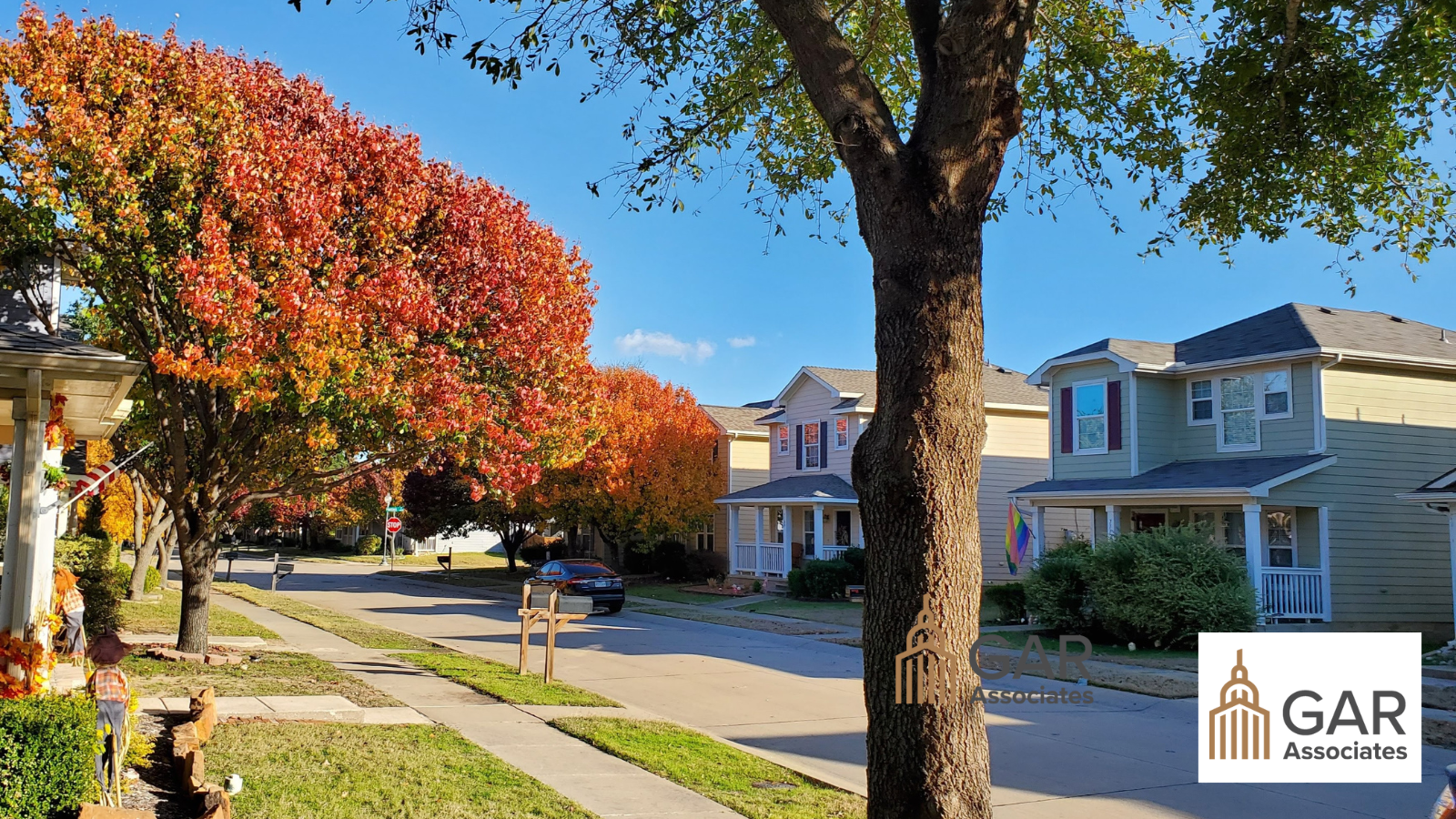By GAR Special Counsel/Partner F. Cindy Baire
So, your municipality is considering a reassessment project, and your first reaction is, “Hell no!”
First, do some research. Most people equate reassessment projects with increases in taxes. That is further from the truth.
Reassessment projects DO NOT raise more revenue for the municipality or taxing jurisdiction. The process merely redistributes to the tax levies to more equitably collect property taxes.
Yes, some property owners will see and increase in their share of the levies, however others will see a decrease.
For those municipalities that haven’t performed a reassessment in many years or even decades, property owners typically think they have escaped reassessment. However, I am sure in these communities’ property taxes rose without a change in the assessment of their property. The reason is taxing jurisdictions create the budgets/levies annually, that are collected by individual property assessments.
Municipalities that choose to routinely reassess properties are actually ensuring each property owner is ONLY paying their fair share of the tax burden. By ignoring the issue, property owners are paying a disproportionate share of the tax burden with some individuals paying too much while others are not paying enough.
The longer a community waits to conduct a reassessment the further apart equity in property assessments becomes.
For example, let’s examine a well-established community with a good mix of older housing stock, new homes, and a decent mix of commercial properties. Most people think that the new homes are assessed at their completed construction value or a property that has sold is assessed at the sale price. Neither is true in most states. Assessors cannot assess properties differently. They must try to assess properties at the same level of assessment.
For example, if this community’s level of assessment is 50%, most properties should reflect 50% of their full market value: current assessment = $100,000, full value assessment = $200,000. A property may have a current market value of $400,000, however their assessment is $150,000. This property is underassessed or reflects a full value of $300,000. This property is not paying their fair share of the tax burden. Conversely, a property currently assessed at $225,000 is over assessed or reflects a current full value of $450,000, when the current market value is $400,000.
Most property owners look at their property assessment and recognize the assessment is much lower than what they believe they could sell their property for or the current market value, so they do not seek to challenge their assessment, however they could potentially be over assessed.
Another challenge in fractional assessing is the level of assessment typically is based heavily on the sales transactions of residential properties, mostly due to the fact the actual number of residential properties is typically greater than the other property types. Commercial properties typically do not change in market value as quickly as residential properties. Sometimes a particular commercial property type, such as apartments are rising in value, and could be assessed too low. A reassessment can ensure that the full value of these properties can be captured and lessen the burden on other properties once they are paying their fair share. Without a reassessment, most communities cannot value these appropriately forcing a lower assessment and reducing the share of the tax burden.
This occurs in communities that have seen a spur in commercial development and have not properly addressed the assessment inequities – pushing the tax burden on other properties. It is a delicate balance for local leadership since they encourage commercial development however, they tend to ignore the discrepancies in the tax inequities.
In some communities the portion of sales tax revenue received from the county and/or state depends on the total full value of all parcels within your community. If this total full value number is a calculation based on the municipalities’ level of assessment, the community may not be receiving the maximum amount of their share of the sales tax revenue. For example, if the community is assessing at 50% of full market value, the county/state converts the total value of all parcels from 50% to 100%. When a reassessment is completed the actual total of all parcels could actually be 5%-10% greater than 50%. Meaning the true level of assessment could be 40%-45%. Most levels of assessment are based on averages and do not reflect the actual value on each property.
So, in the end, when you hear the term reassessment – it isn’t a bad word. It means your local leadership wants to create a level playing field by creating fair and equitable property assessments to ensure all property owners are ONLY paying their fair share of the tax burden. No more, no less.





